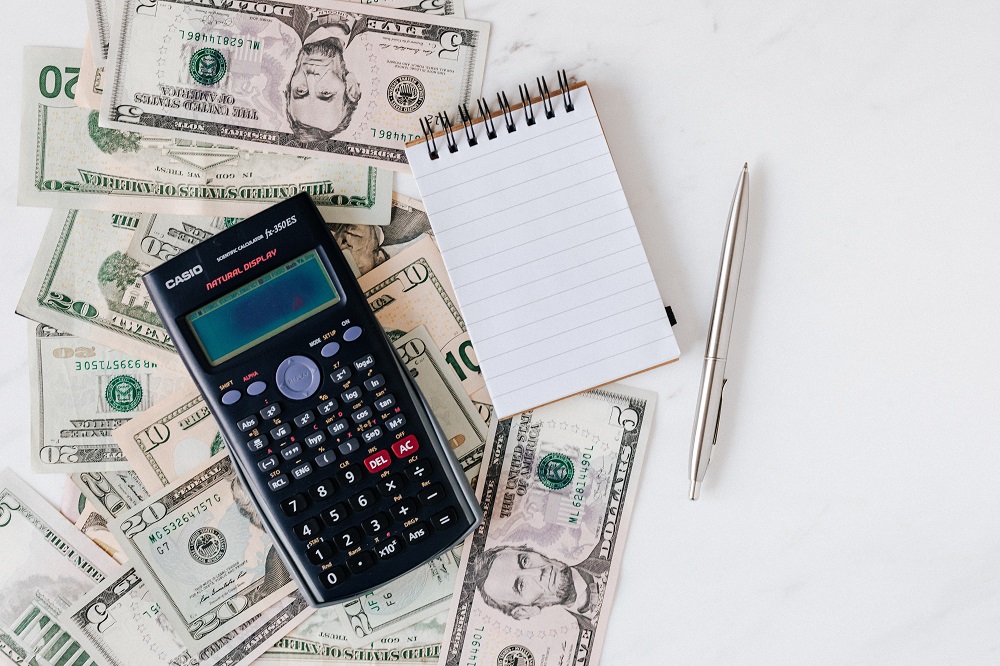WASHINGTON – President Biden’s move to extend the freeze on student-loan payments until October has given borrowers badly needed financial cushion and the chance to spend the extra cash on other basic necessities.
Struggling families or student borrowers coping with the loss of income or facing unexpected expenses tied to the pandemic can use the hiatus to pay other bills for rent, food, medicine or child care, experts say.
Better-off borrowers could also use the savings to pay down the principal on their loans or put more money in the bank.
The two groups are comparable in size, according to a survey by Student Loan Hero in May. Some 42% of borrowers said they stopped making payments toward their loans and paid off bills or other debts instead.
The rest have chipped away at their student-loan balance through regular or occasional payments.
About one-third of all borrowers surveyed said they couldn’t afford enough food to eat and they were expected to use the extra cash to buy groceries and other staples.
“It gives them a lot more personal flexibility in their budget today,” said Scott Buchanan, executive director of the trade group Student Loan Servicing Alliance.
Experts say there isn’t enough data right now to show what portion of borrowers will use the temporary student-loan pause to make significant investments, like buying a home or paying off a mortgage.
Biden instructed the Education Department to extend the suspension on student-loan payments on his first day in office through an executive order. The freeze was originally put on place by the Trump White House in March 2020 during the early phase of coronavirus-relief efforts.
“Too many Americans are struggling to pay for basic necessities and to provide for their families. They should not be forced to choose between paying their student loans and putting food on the table,” the Education Department said in a written statement last week.
The demographic of student loan borrowers is diverse, and some have suffered financial hardship much more than others during the pandemic. Unemployment among Blacks and Latinos is more than 9% compared with 6% for white adults, according to the Bureau of Labor Statistics.
Borrowers of color and women are disproportionately harmed by student debt, said Persis Yu, director of the Student Loan Borrower Assistance Project at the National Consumer Law Center. They or their families tend to have less wealth or earn less.
The result: borrowers of color are more likely to spend their deferred payments on immediate expenses or pressing debts rather than padding their savings or reducing their outstanding loans.
The suspension of loan payments has also halted wage garnishments and the diversion of tax refunds toward student debt, Yu said, giving a greater sense of financial security to struggling families.
“The fact that the tax refund is not being seized during this time is huge for these families,” Yu said.

